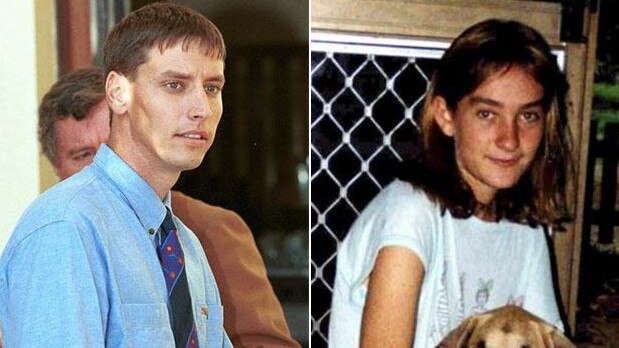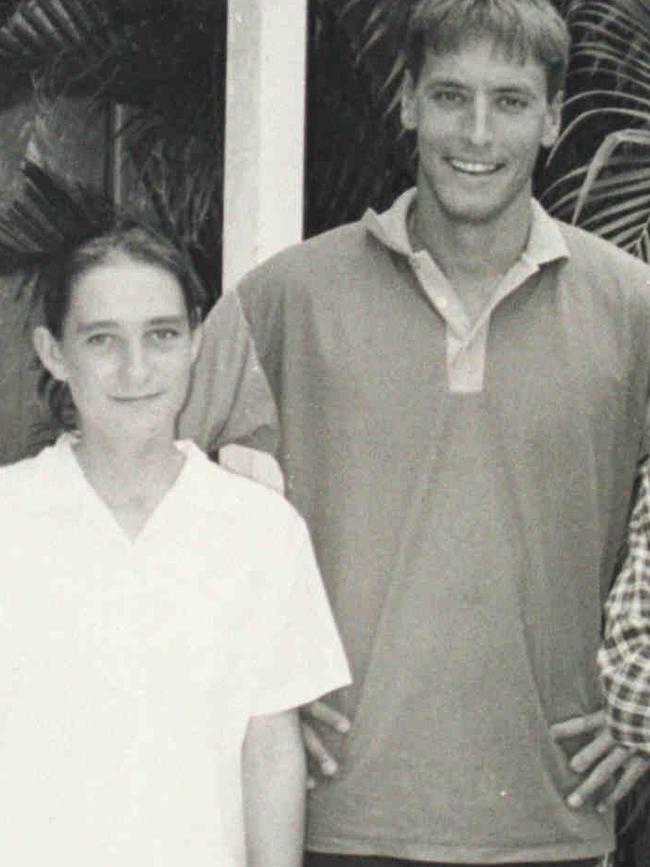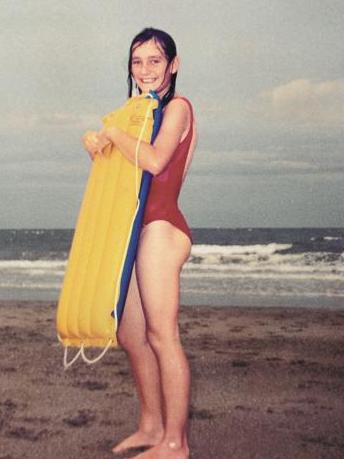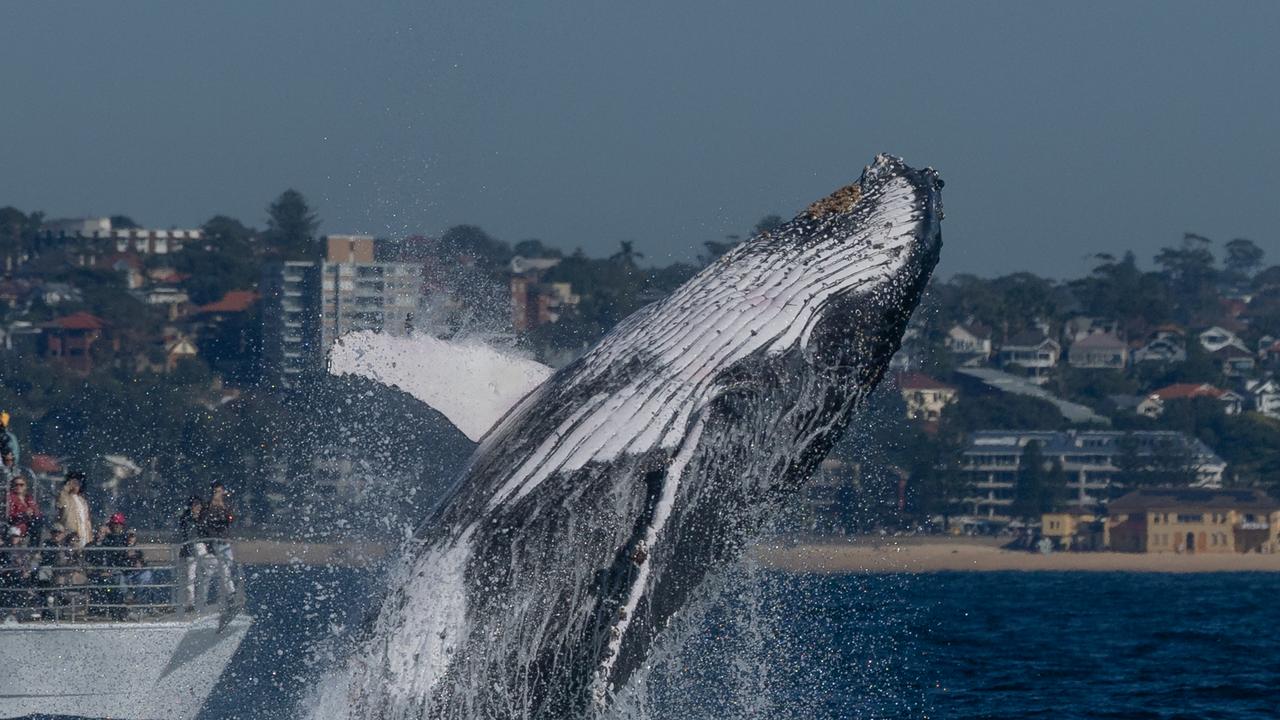Coroner’s finding on missing teen Rachel Antonio challenged
A coroner’s findings that schoolgirl Rachel Antonio died at the hands of the local surf lifesaving captain is being challenged in court.

A coroner engaged in conjecture when he concluded missing schoolgirl Rachel Antonio died at the hands of her older boyfriend, a court has been told.
The disappearance of 16-year-old Rachel after she was dropped off at a cinema by her mum in Bowen, North Queensland, on Anzac Day 1998 has been one of the state’s most enduring mysteries.
In July 2016 Coroner David O’Connell found the teenager was in a relationship with the captain of the local surf lifesaving club, Robert Hytch, who was then 25, and that he had “secreted” her body at a place where it had never been found.
Mr Hytch had been found guilty of manslaughter in 1999 over the disappearance, but was acquitted at a retrial.

He has always maintained his innocence, denying he was in a relationship with Rachel and saying he had no involvement in her death.
Mr Hytch is today appealing Coroner David O’Connell’s findings that he had a violent altercation with the teenager and hid her body.
“The case is entirely circumstantial. It really is loaded with possibilities. It really is a mystery,” Glen Rice QC, for Mr Hytch, told the Supreme Court in Brisbane.
The inquest had tried to solve that mystery but couldn’t, he said.
The high standard of probability required for the coroner to make his findings could not be satisfied on the evidence, he said.
Instead the coroner engaged in conjecture, he said, with no evidence to show Mr Hytch and Rachel both intended to meet the night she went missing.
“In this case there isn’t any evidence (Mr Hytch) even knew where Ms Antonio was going to be that night or when,” Mr Rice said.
He earlier told the hearing that the proceedings were conducted under a 2003 act but should have been conducted under a 1958 act.
Asked by Justice Peter Applegarth what would have been different had the proceedings been conducted under the earlier act, Mr Rice said that was unknown.
“He scrambled the egg. We can’t go back and unscramble it,” Mr Rice said.
The hearing has been going through the evidence in the case, including suggestions Rachel planned to meet Mr Hytch to discuss a fake pregnancy.
The inquest heard evidence Rachel sought and obtained a pregnant woman’s urine sample to get a positive result on a home pregnancy test to get back at Mr Hytch for having sex with someone else.
Tiny droplets of Rachel’s blood were also found on Mr Hytch’s sandals.
The droplets were the equivalent of “either one eighth or one tenth of the size of an average drop of blood”, Mr Rice said.
But the blood could not be dated so there was no basis to find the droplets had been transferred the night she went missing, he said.
“Two specks of blood do not prove there was a violent altercation in which a serious fatal injury occurred. They do not prove (Mr Hytch) killed Ms Antonio.”

Mr Hytch left his home, where his brother was having an 18th birthday party, to get some ice and a video at around the time Rachel was last seen alive.
He was gone from the party about half an hour longer than expected.
When he returned he was not wearing his white Nike shirt and had not bought the ice, explaining that his car broke down.
The shirt was not found, but his then-girlfriend said she later saw it in his car and that it had grease stains on it but no blood.
The hearing has concluded, with Justice Applegarth saying he expects to hand down his decision within months.



